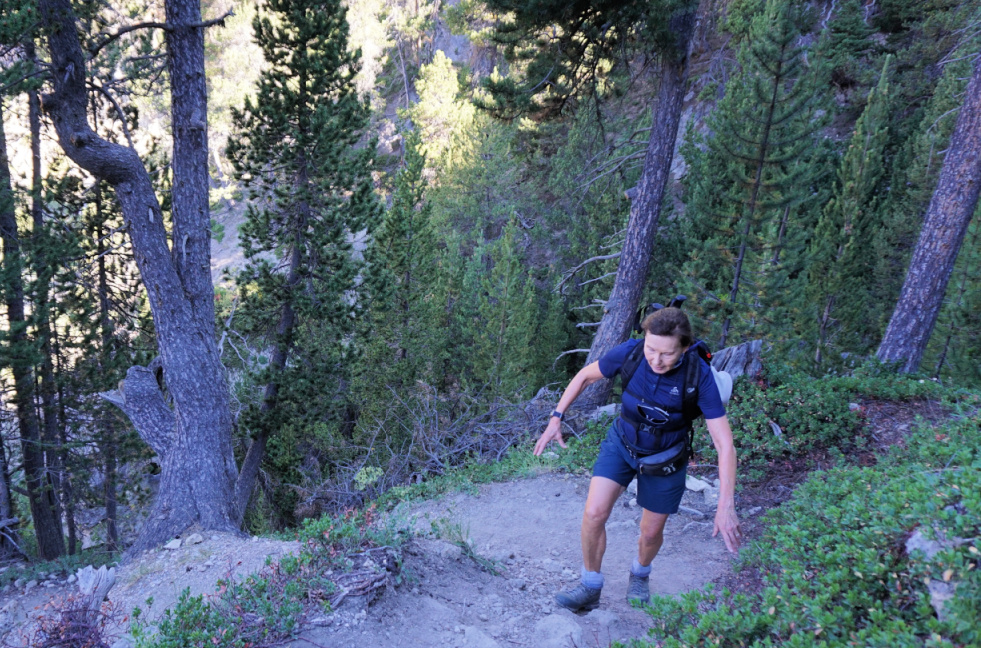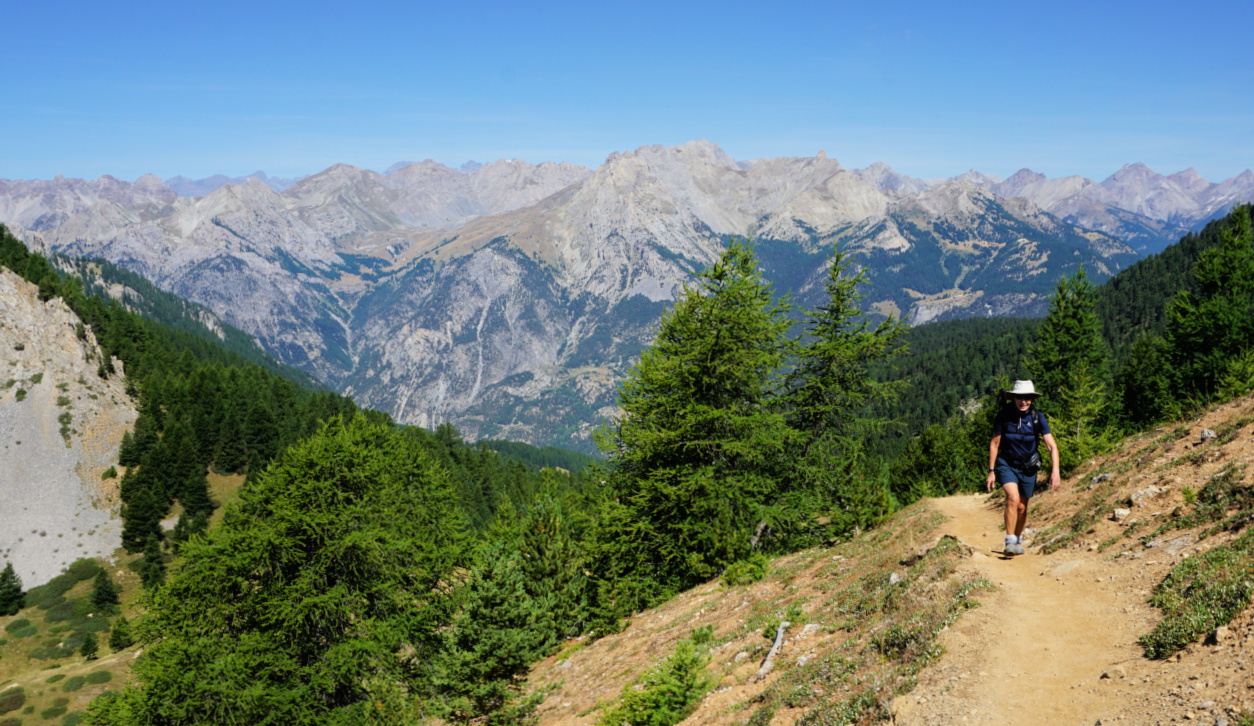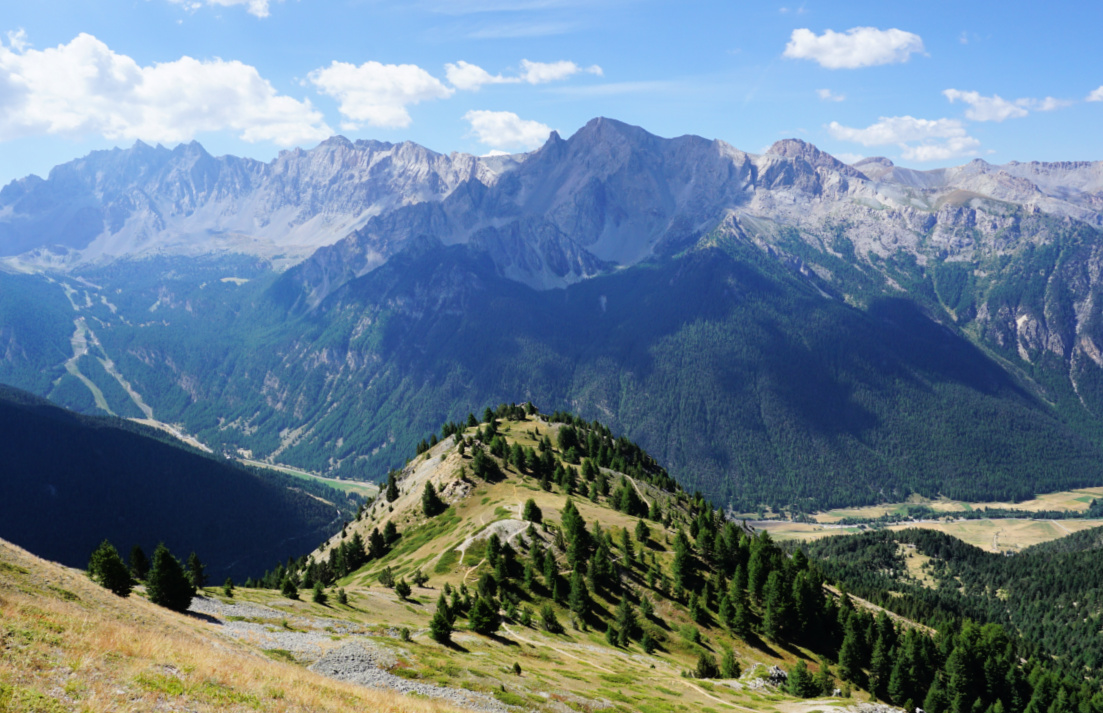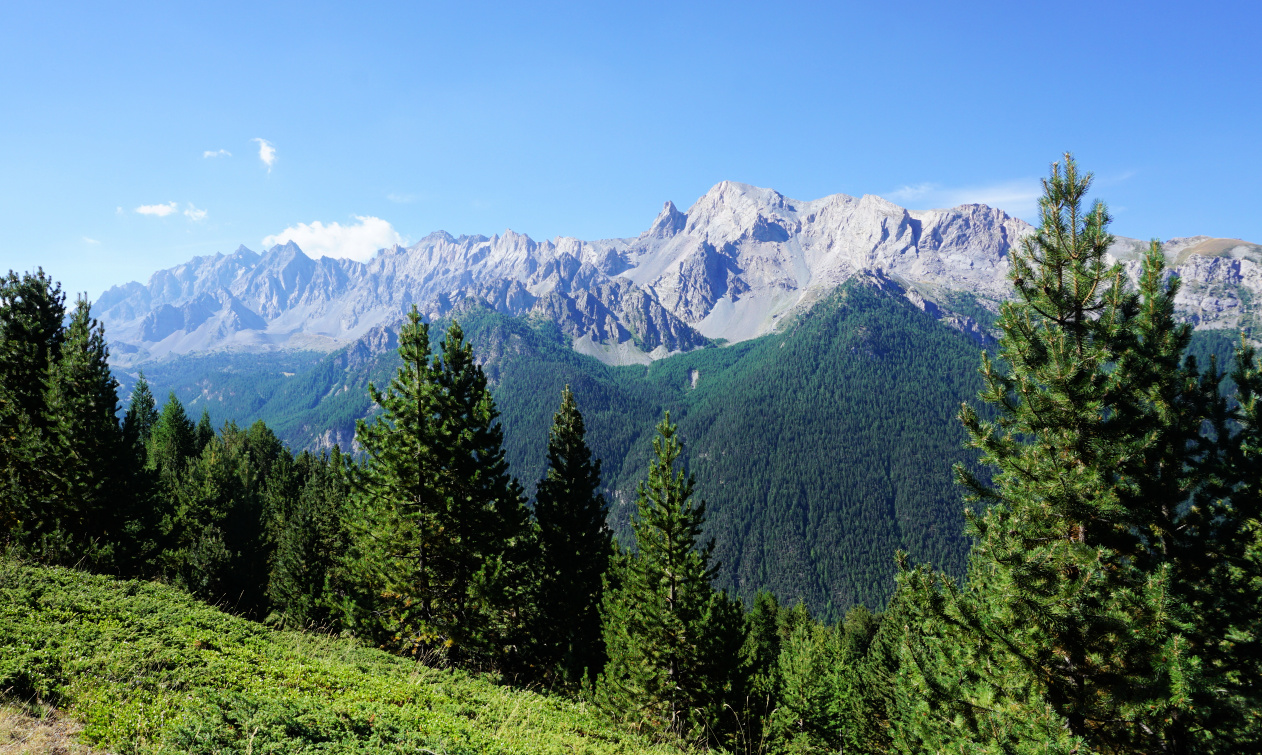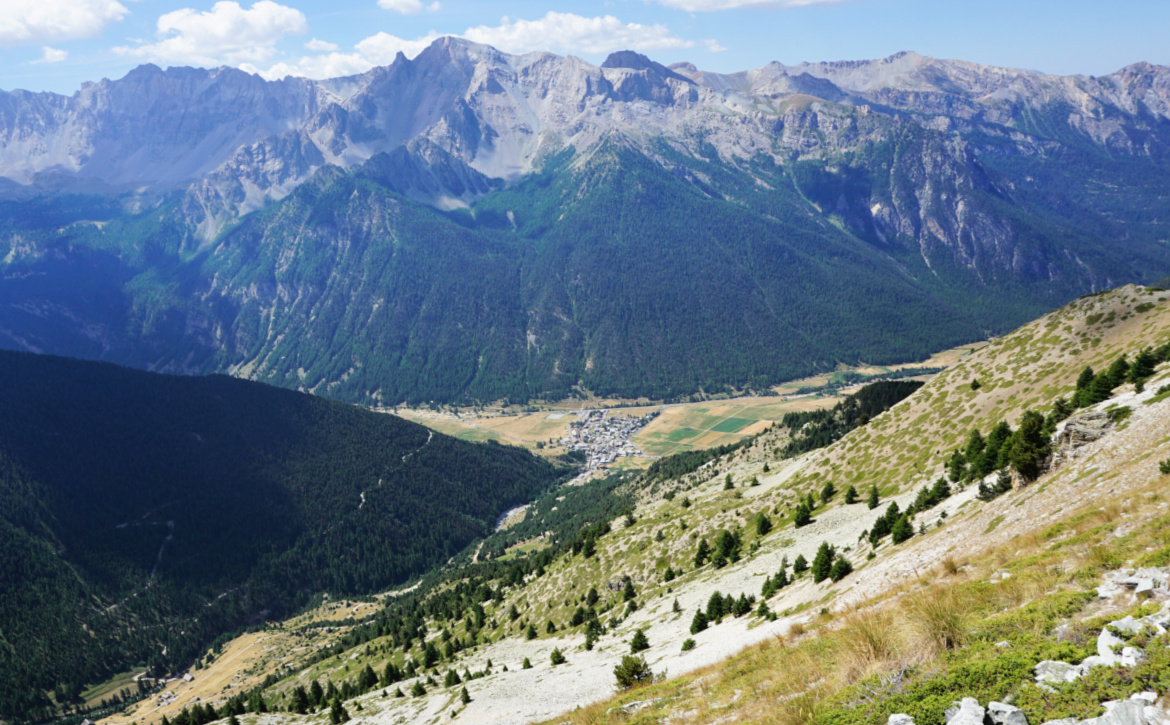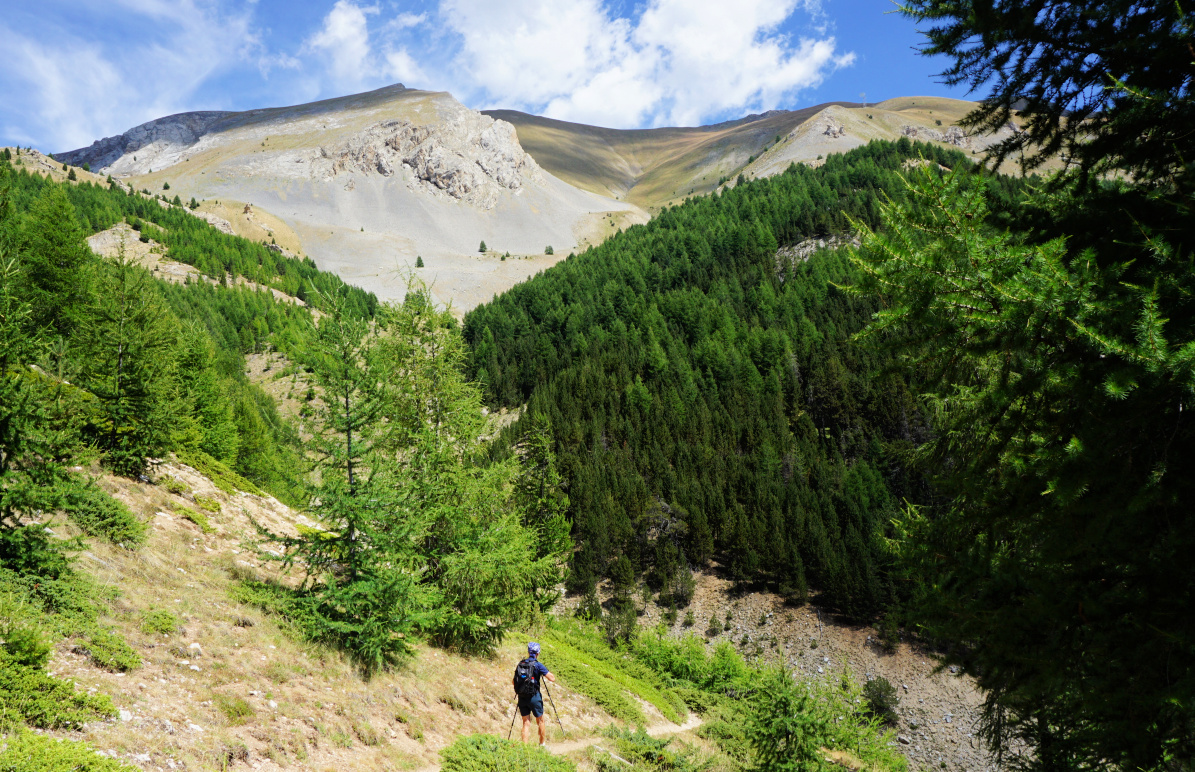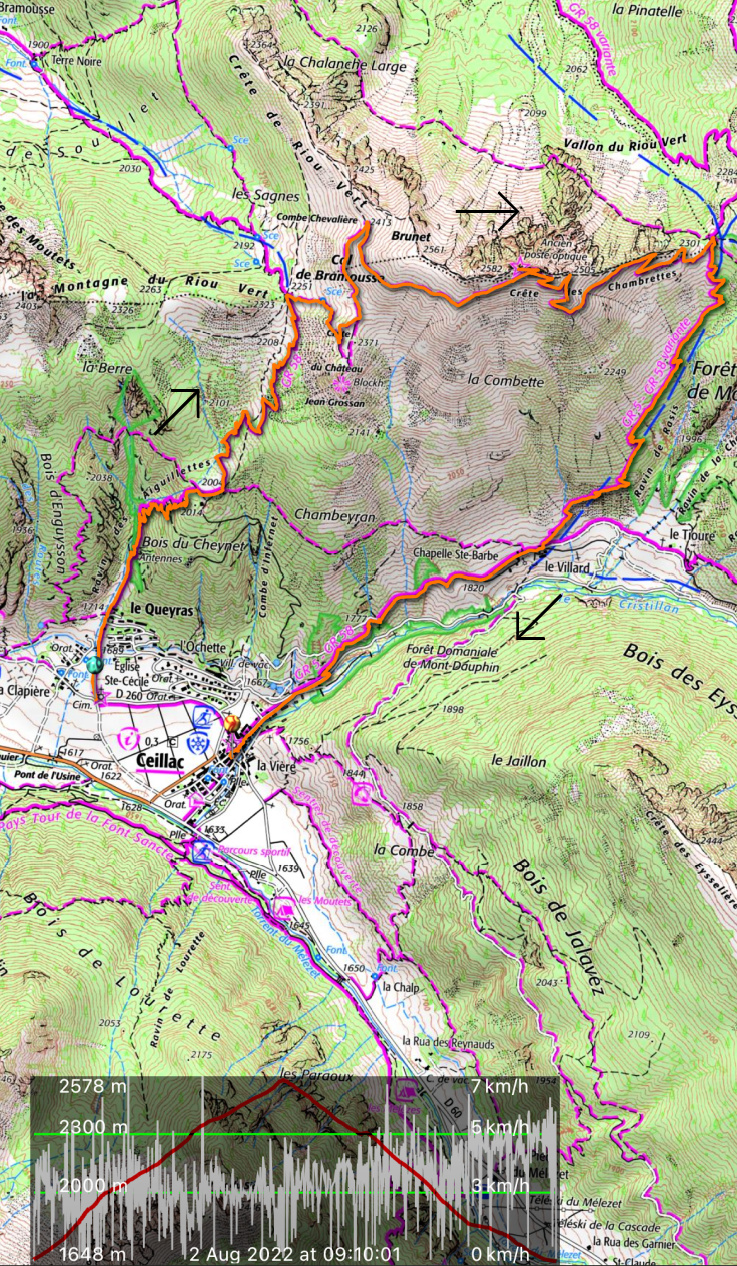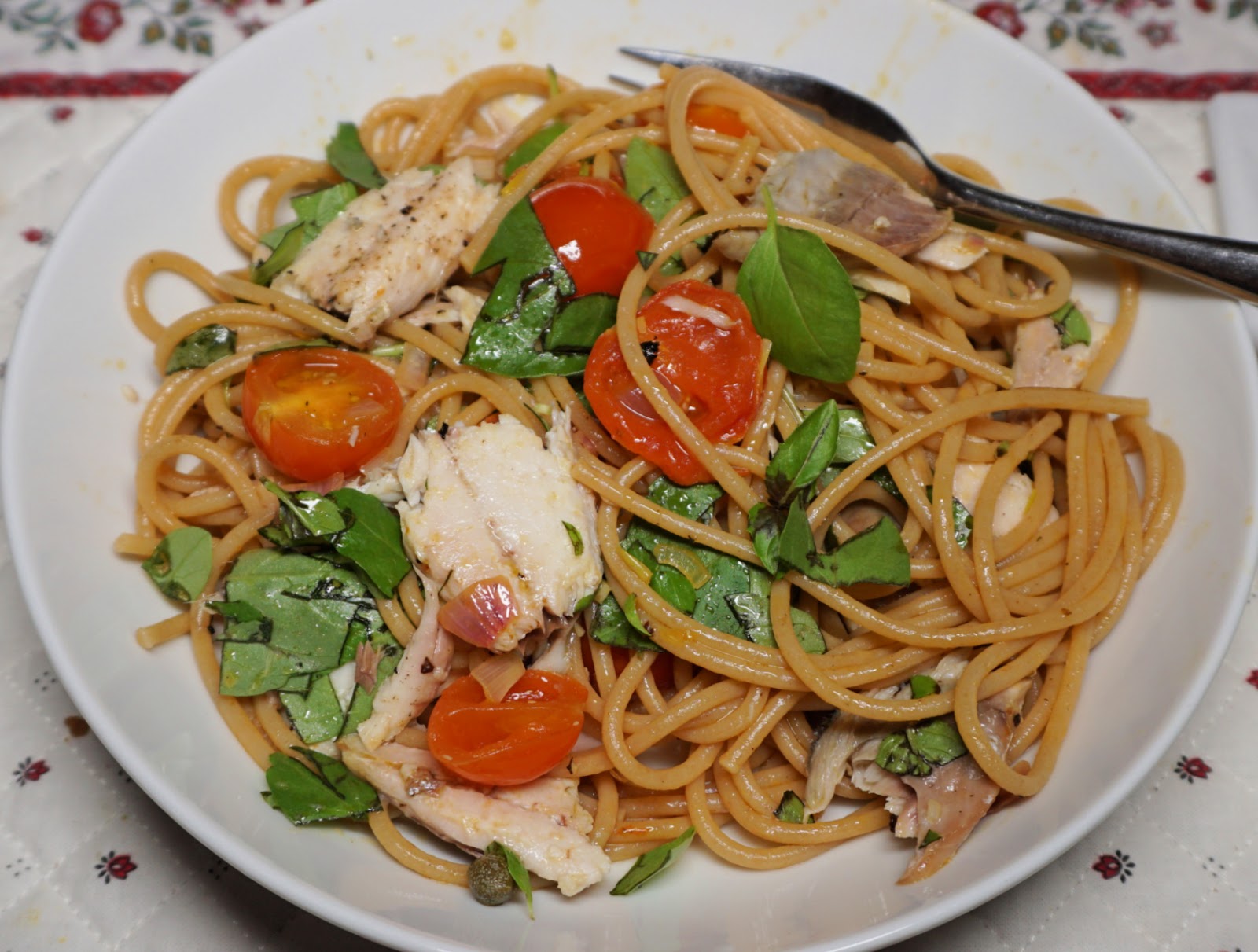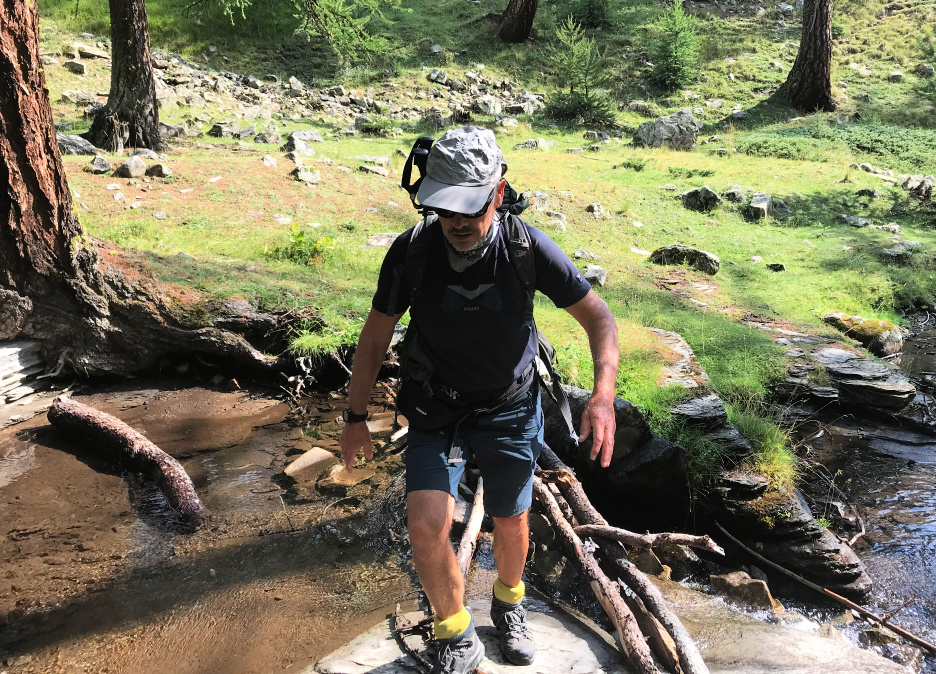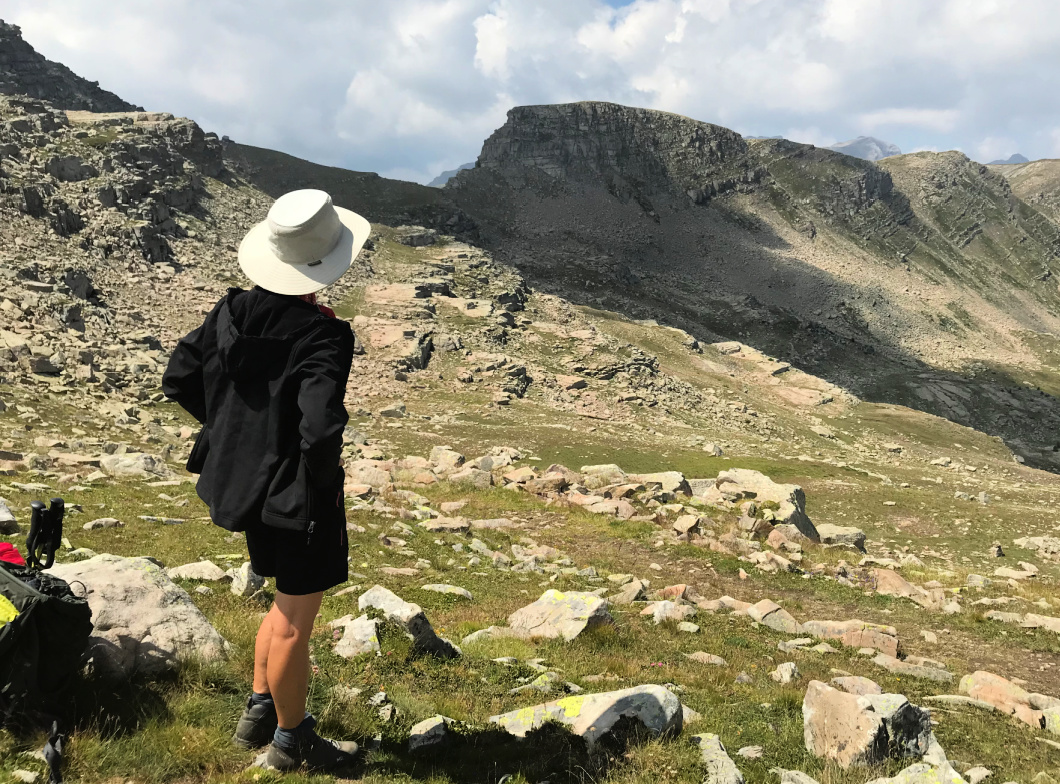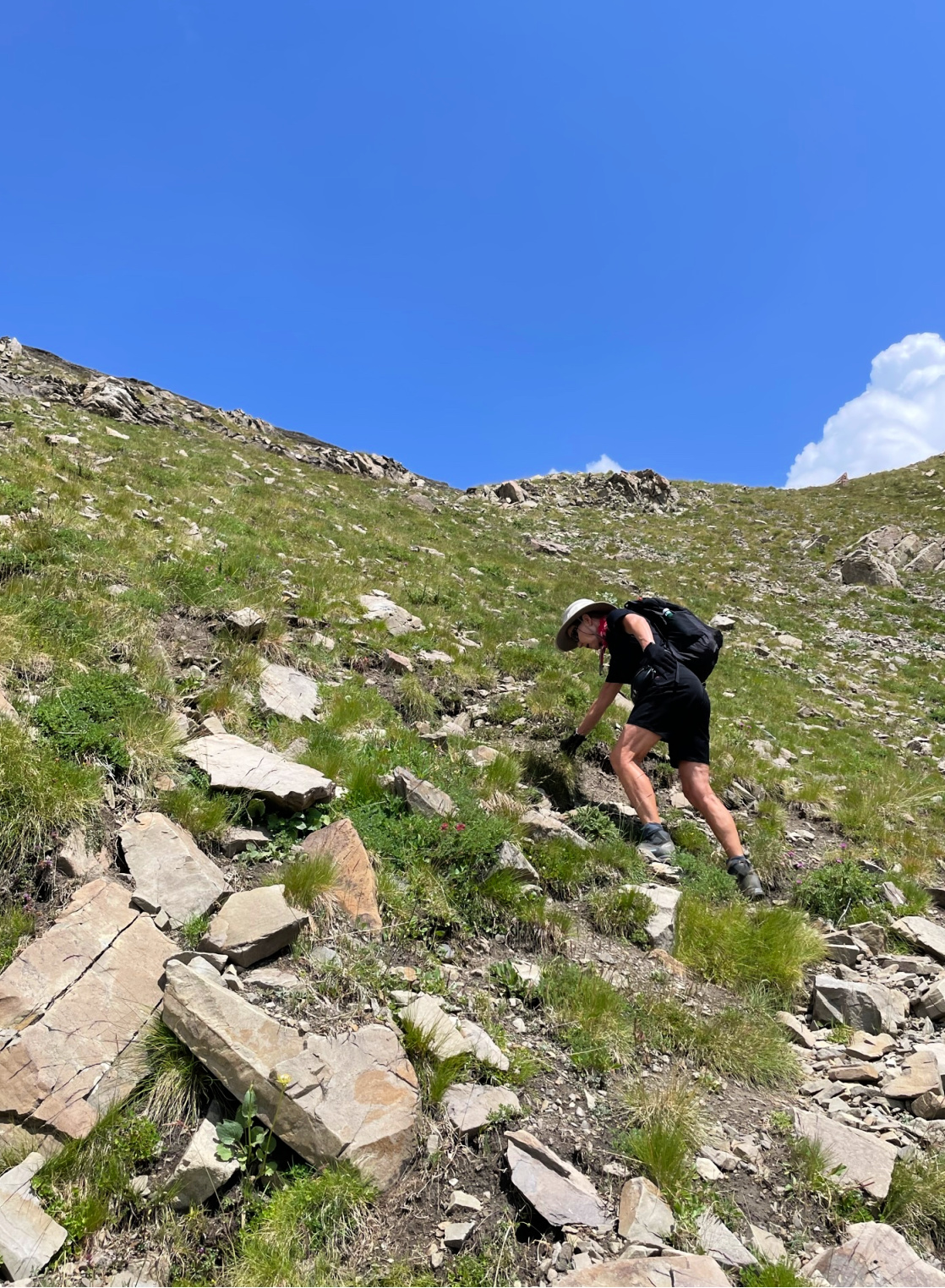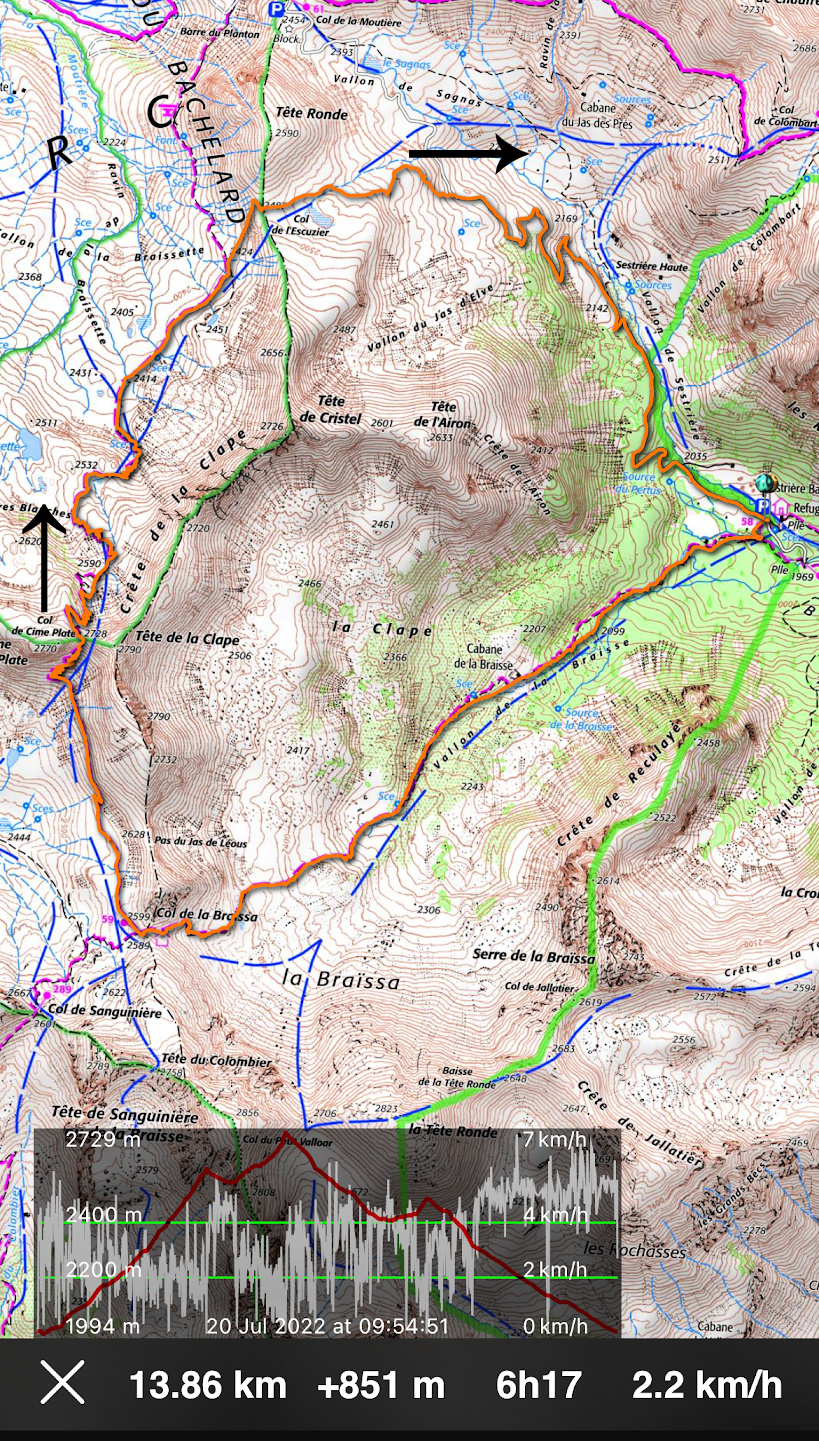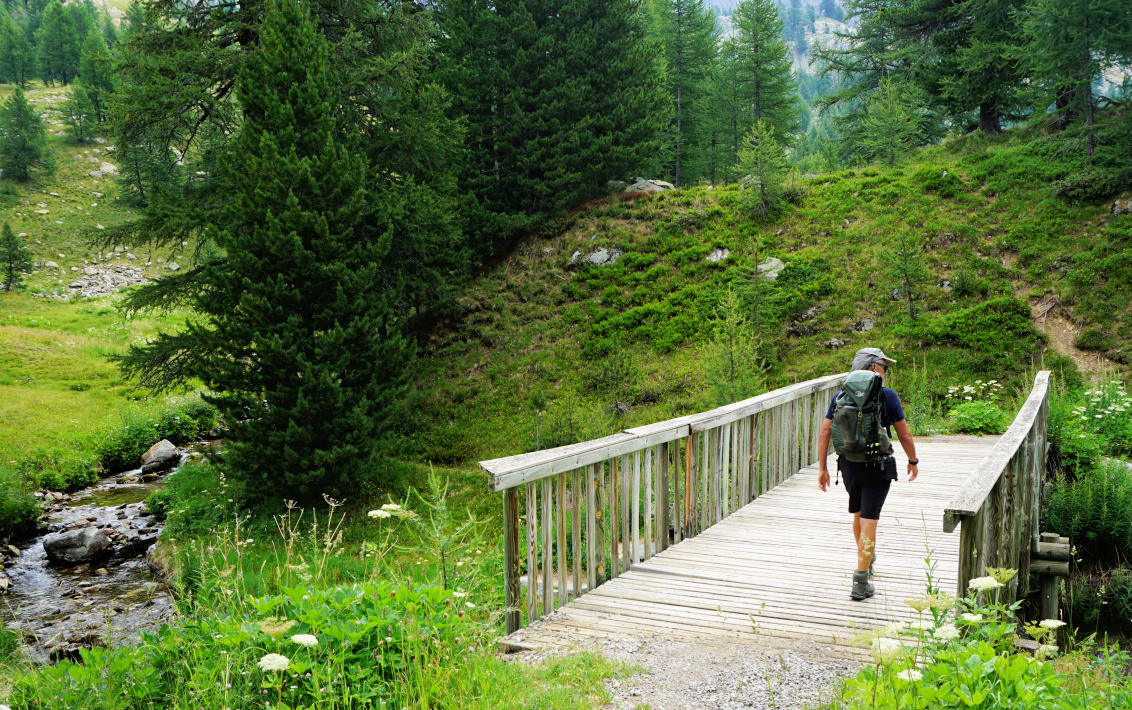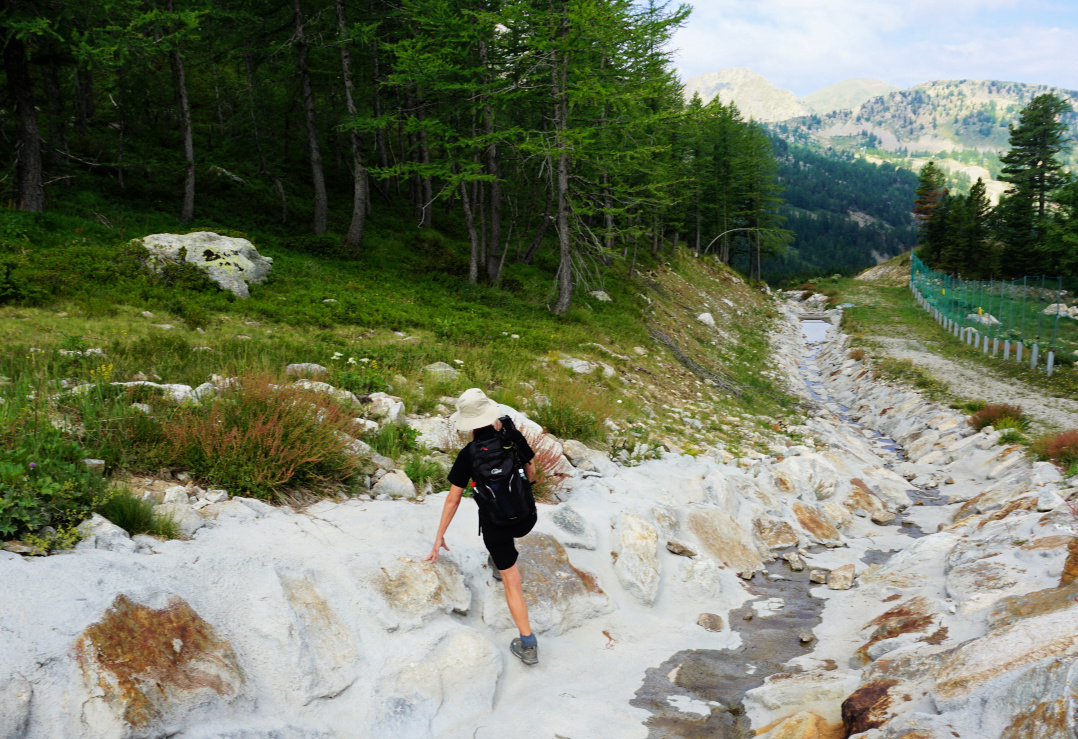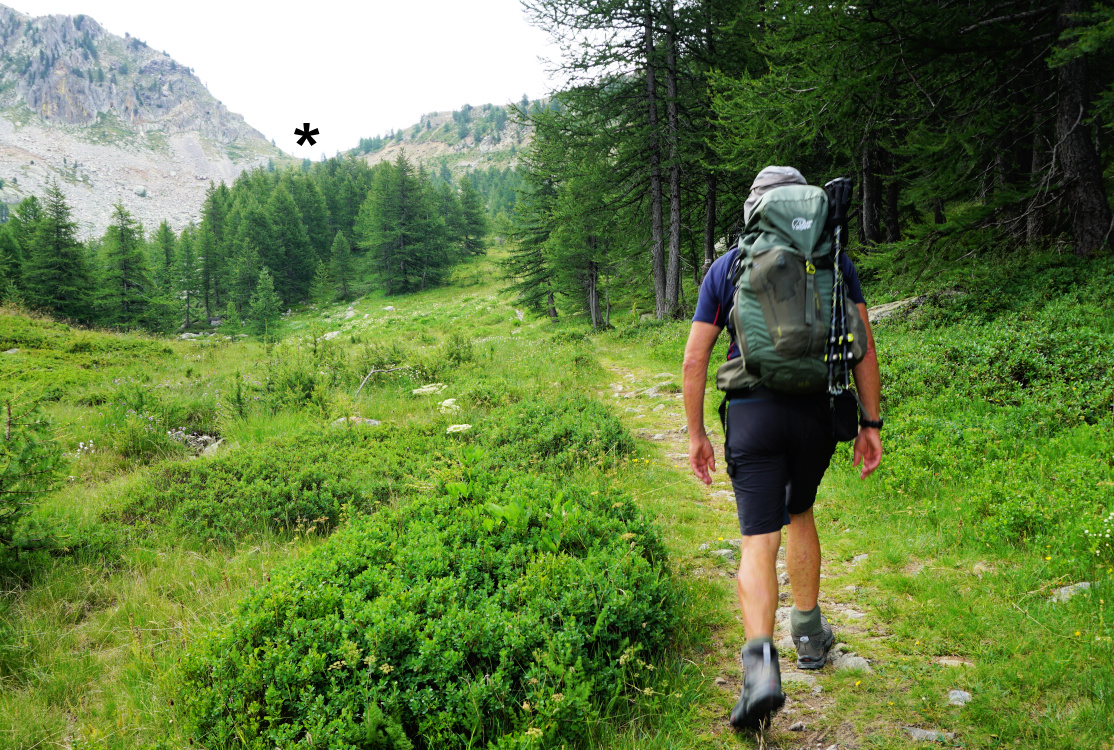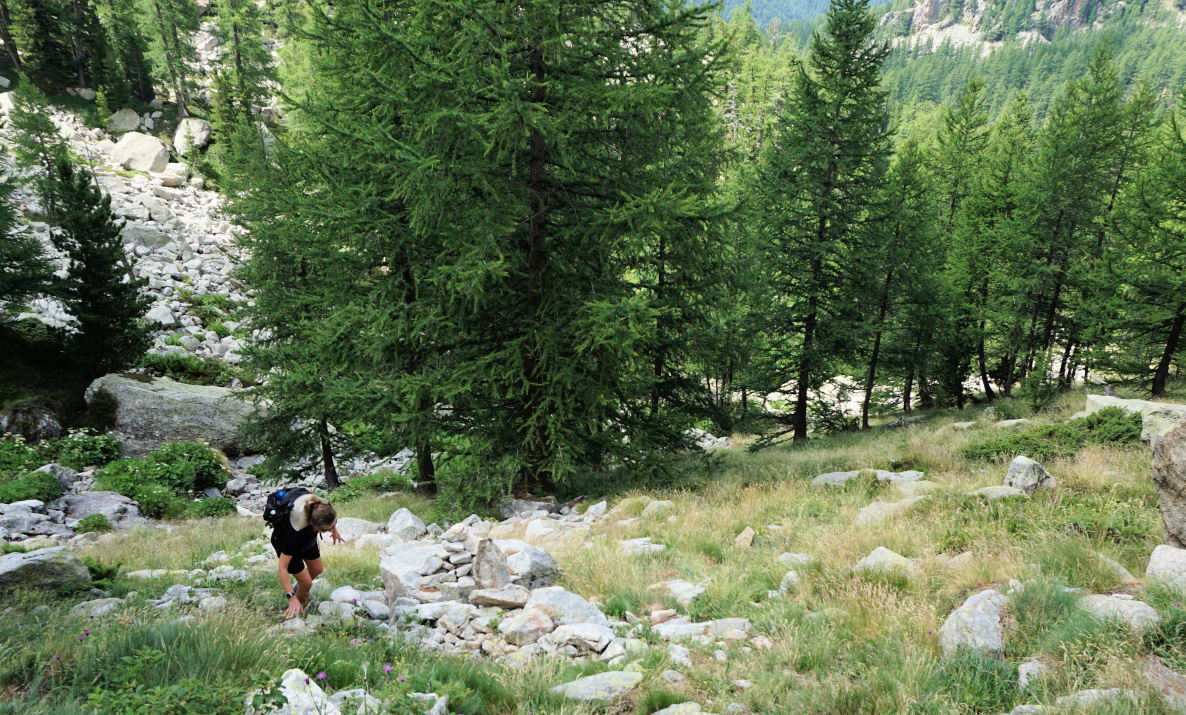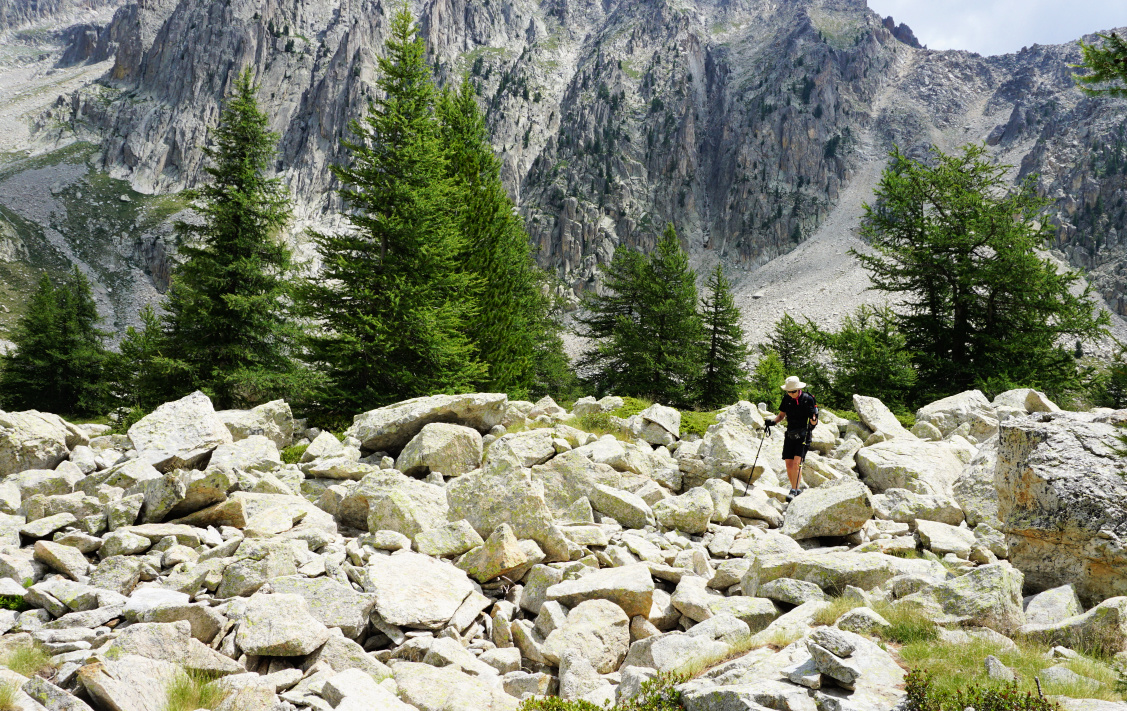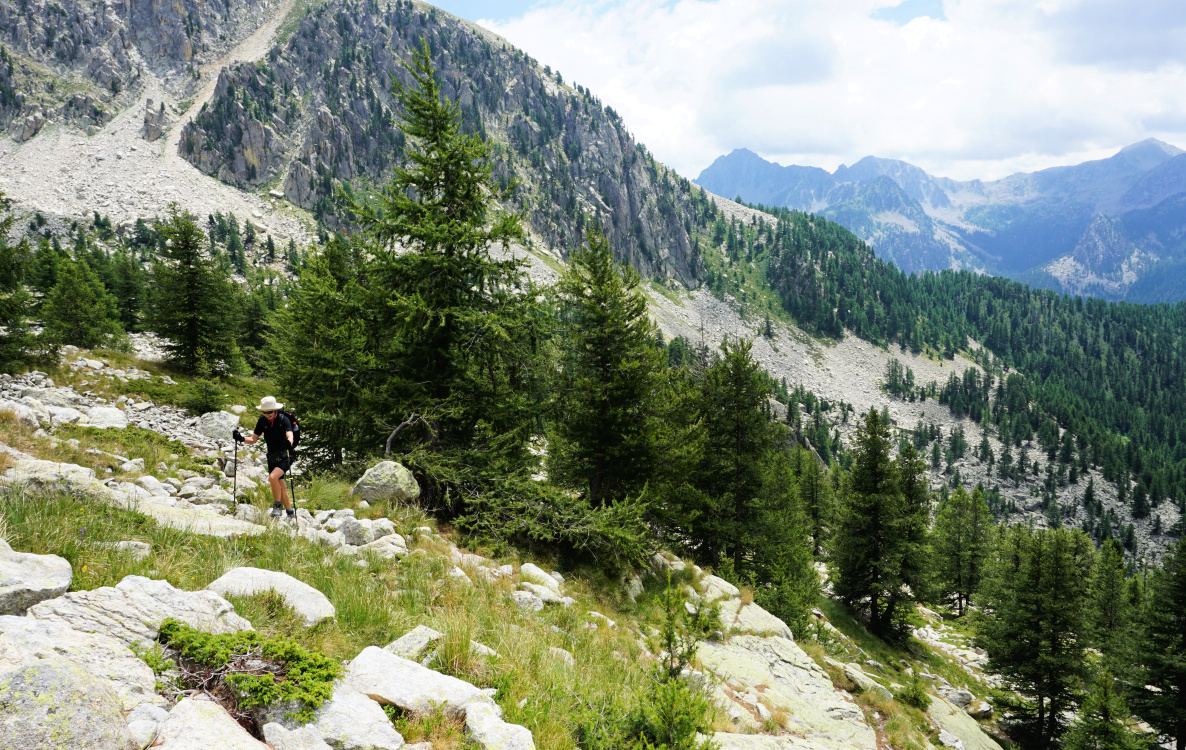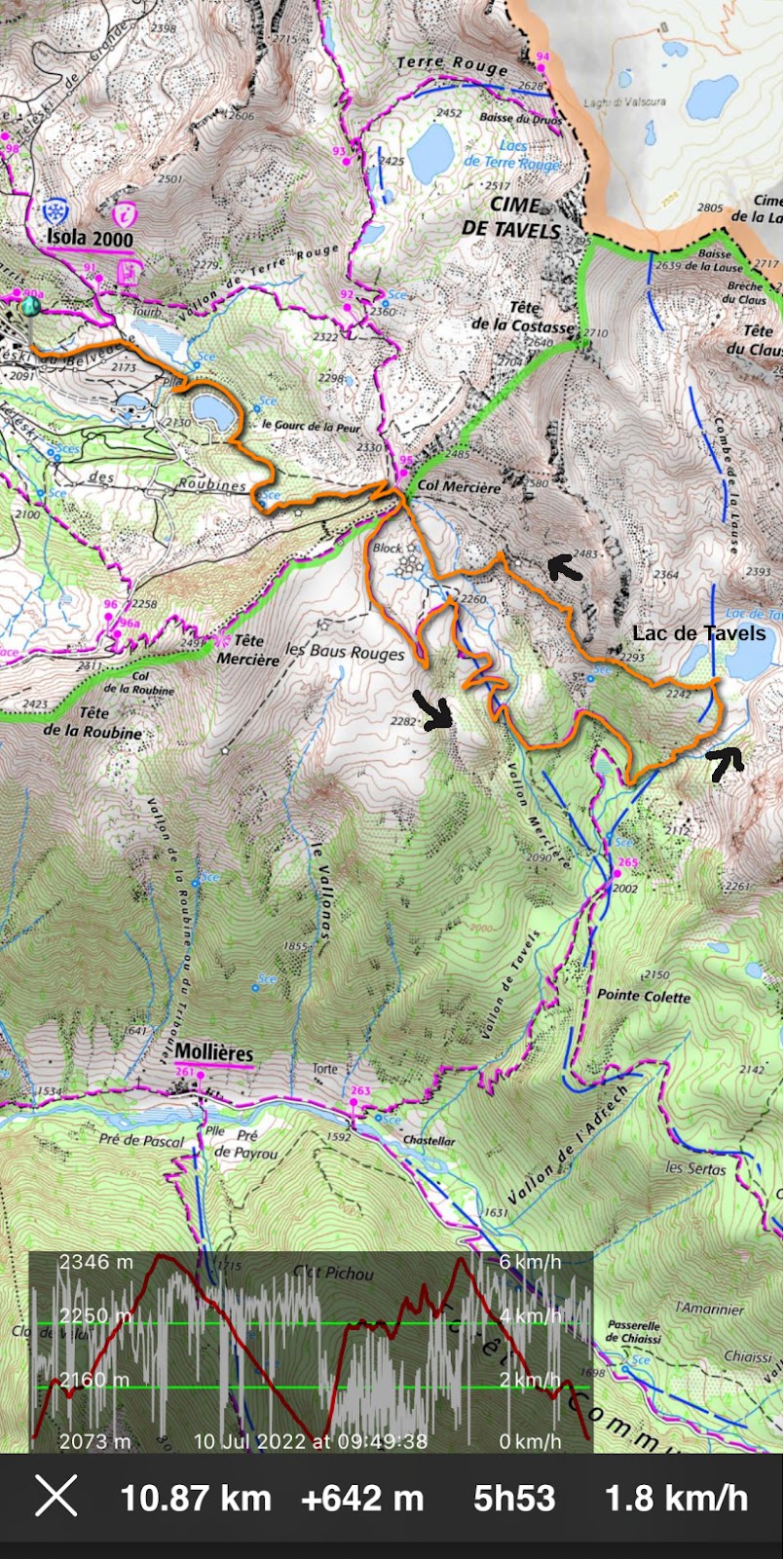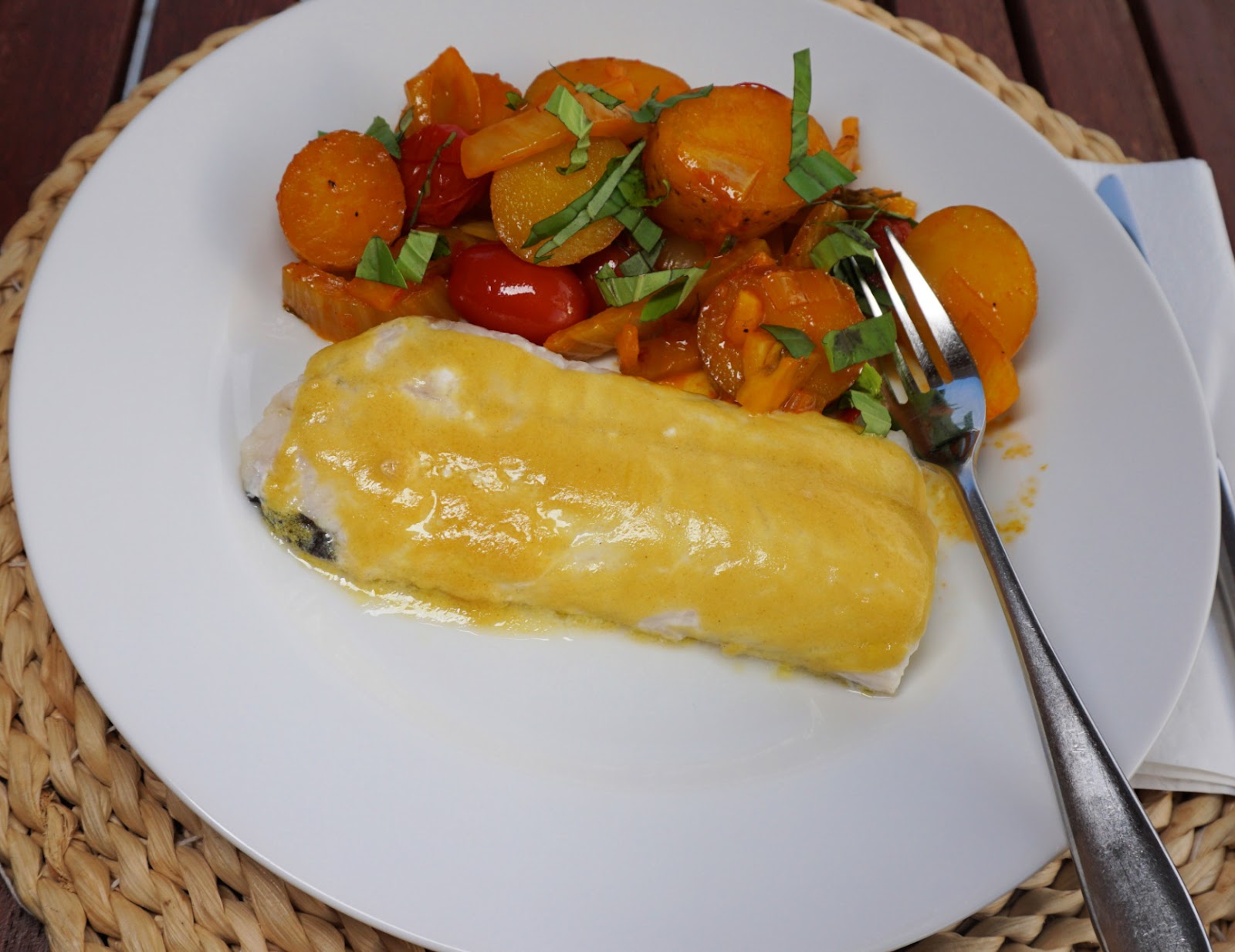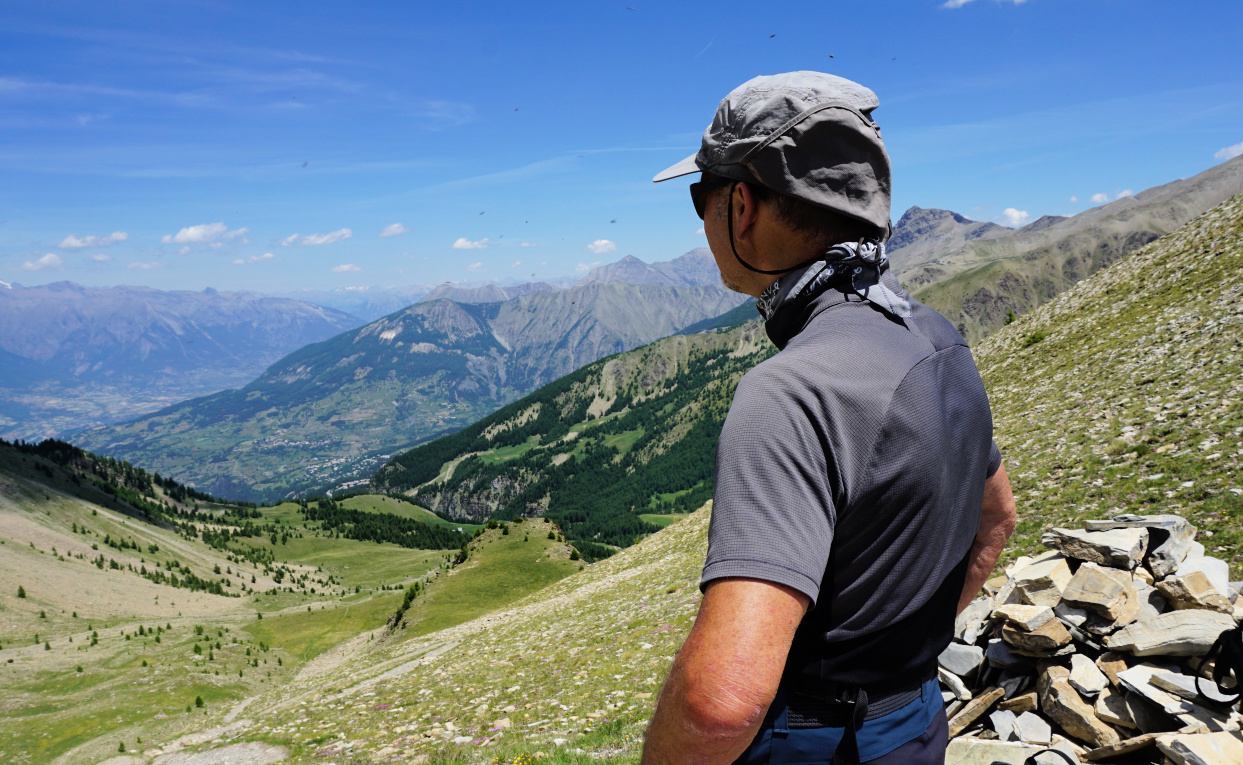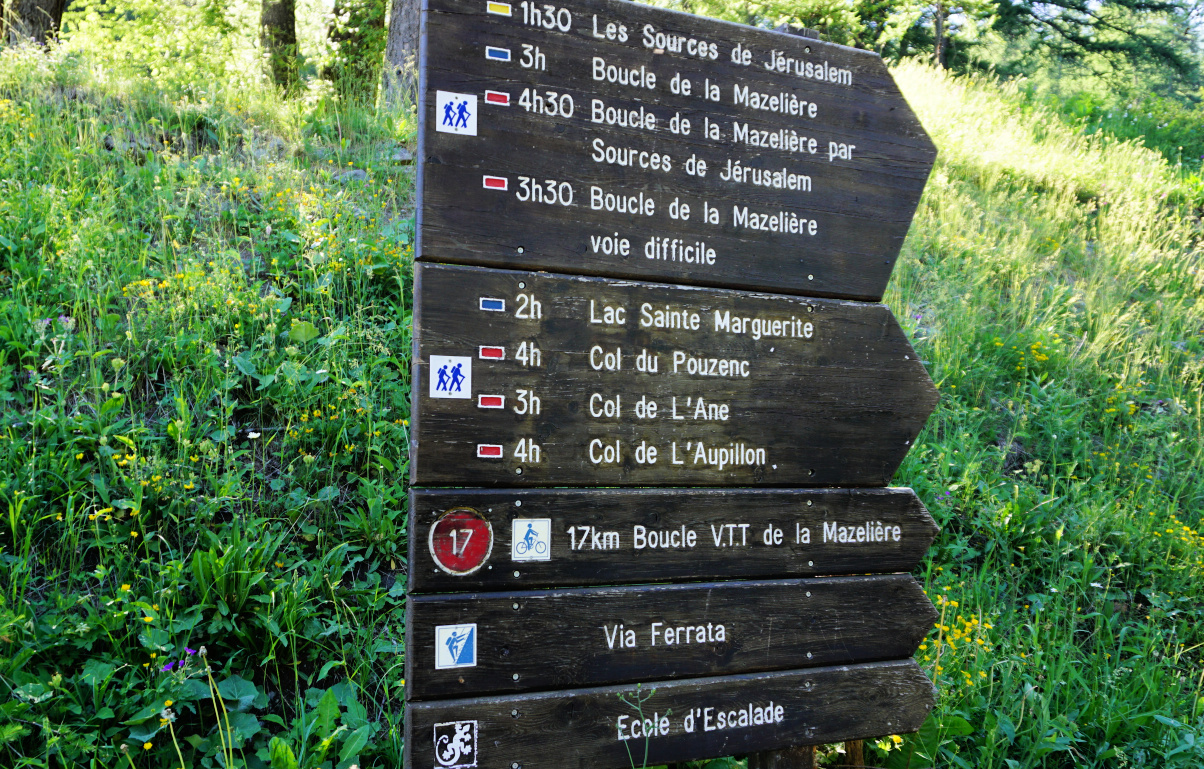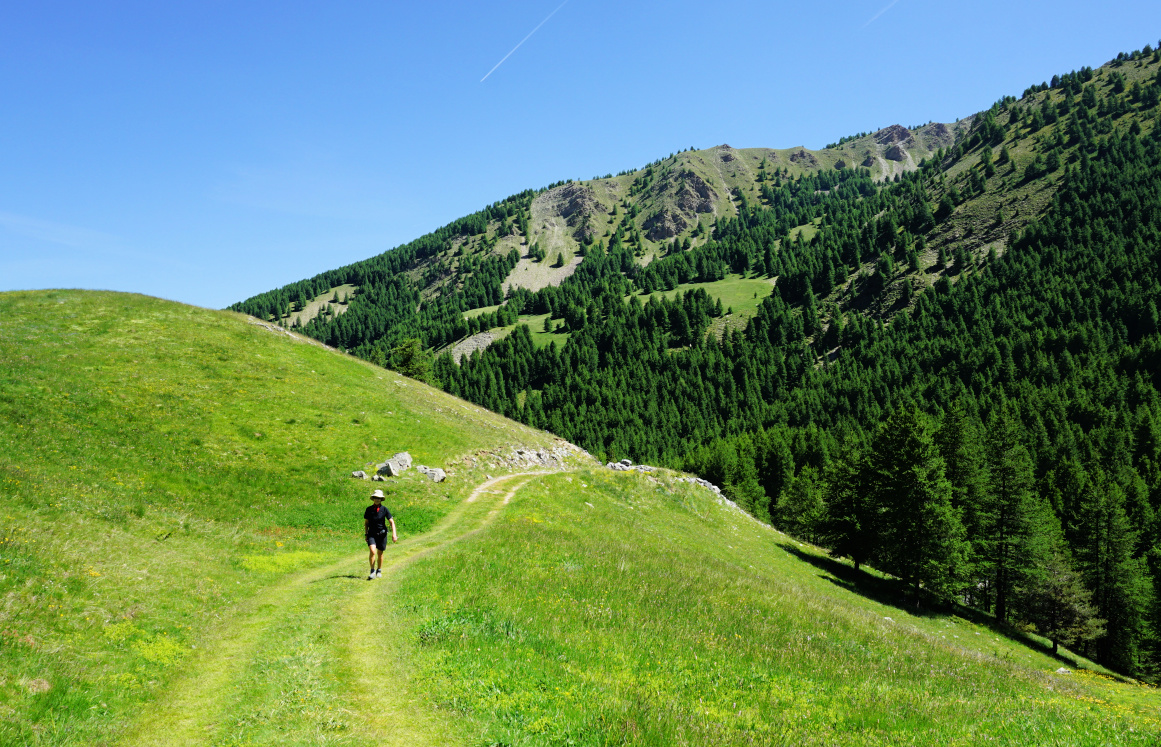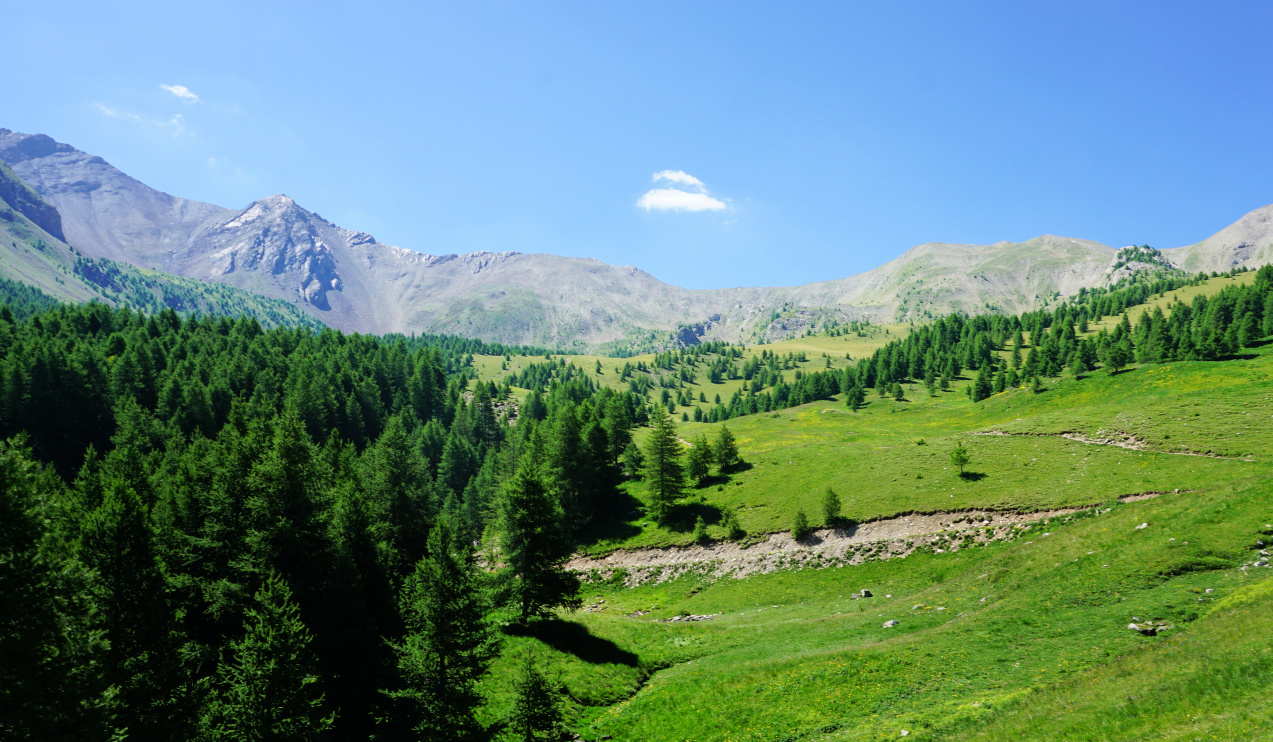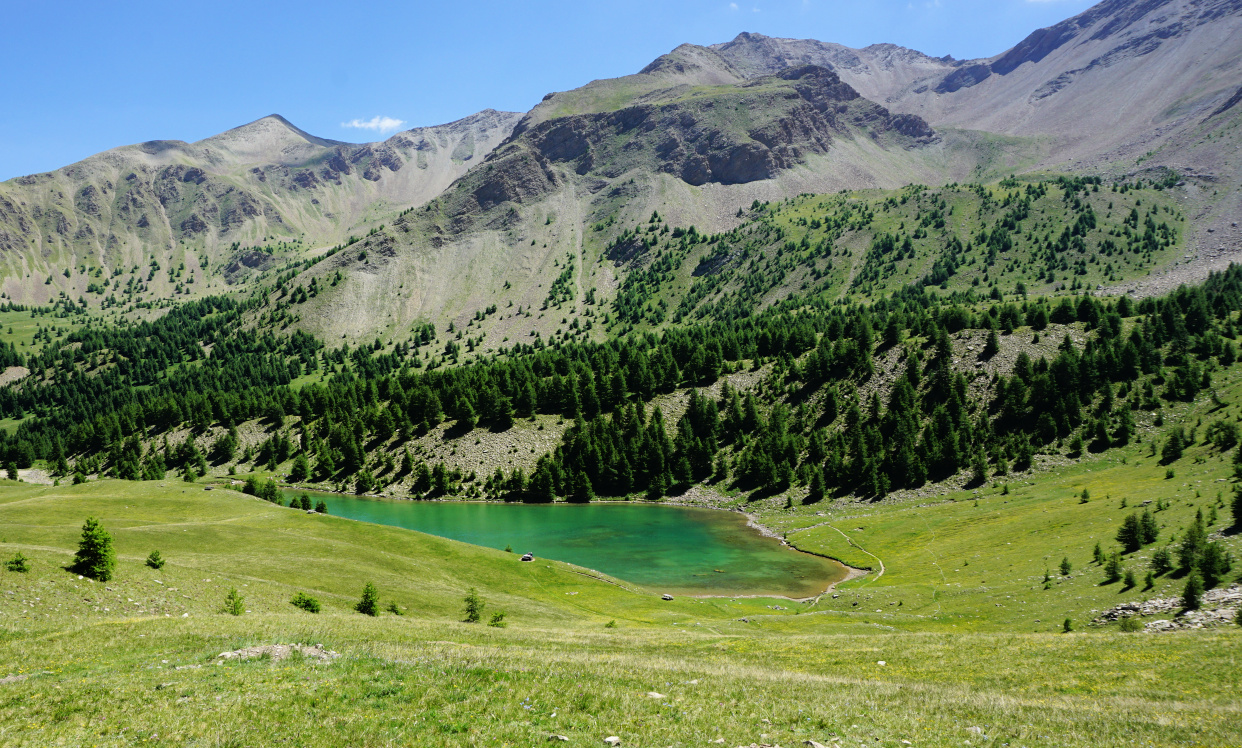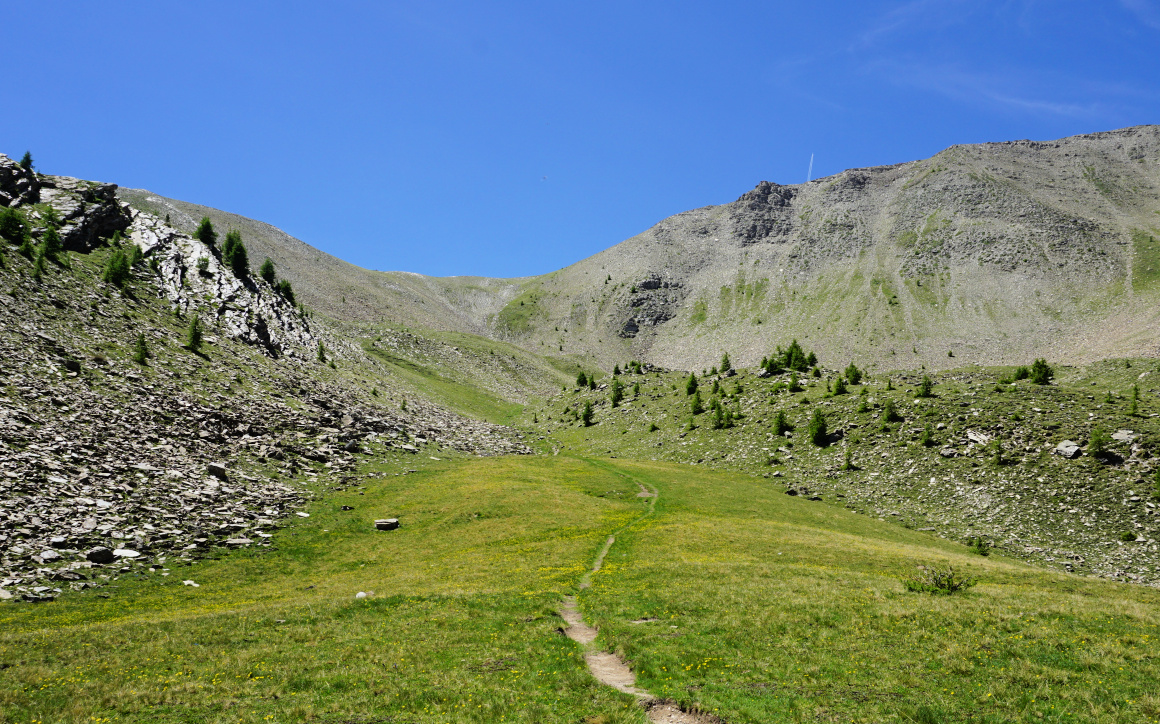For this recipe, you can use any tasty, firm- fleshed white fish fillets such as halibut, sea bass, cod, blue ling and so on. Start with the vegetable bouillabaisse as it takes about an hour to make, preparation included. The fish is cooked in the oven in about 10 minutes, depending on the thickness of fillets.
2 servings
For the vegetable bouillabaisse:
4 new potatoes, washed and cut into thick slices
½ fennel, sliced
1 shallot, chopped
1 clove garlic, minced
6 cherry tomatoes
2 tbsp. olive oil
2 tbsp. tomato sauce
Freshly ground black pepper
100 ml white wine
A pinch of saffron pistils
Fresh herbs to decorate
For the fish:
2 halibut fillets, about 120- 150 g each
Juice of ½ lemon
1 tbsp. Dijon mustard
1 tbsp. olive oil
Warm 2 tbsp. olive oil over medium heat in a heavy casserole, cocotte, such as Le Creuset. Add all the vegetables except the fresh herbs, and stir. Sauté for about 10 minutes stirring occasionally. In a bowl, mix tomato sauce, black pepper, white wine, and saffron. Pour this mixture over the vegetables and stir. Lower the heat to medium- low, cover, and let simmer for about 45 minutes until the vegetables are soft. Stir occasionally.
Preheat the oven to 200° C, roast.
In a bowl, whisk together the lemon juice, Dijon mustard, and olive oil. Spread some olive oil in the bottom of an oven-proof dish and place the fish fillets in it. Spread the lemon juice, mustard, and olive oil mixture on the fish. Roast in the oven for about 10 minutes, depending on the thickness of the fillets. The fish is done when it is opaque.
Divide the fish fillets and vegetable bouillabaisse on the plates and decorate with chopped herbs.

